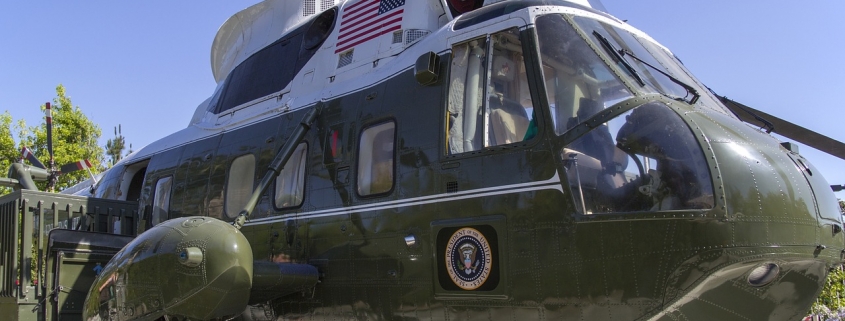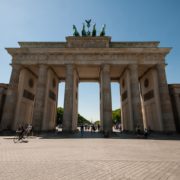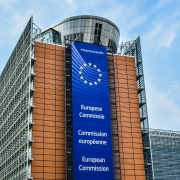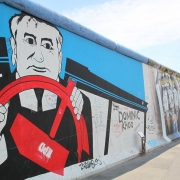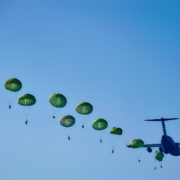How were Sino-American relations during the Cold War?
Topic of Study [For H1 History Students]:
Section B: Essay Writing
Theme II: Cold War in Asia [1945-1991] – Superpower relations with China (1950-1979): Sino-Soviet relations
Superpower Relations with China in the 1950s and 1960s
Following the Chinese Communist Party’s (CCP) victory during the Chinese Civil War in 1949, the People’s Republic of China (PRC) was established. In view of the Cold War climate, the perceived ideological threat in East Asia, USA did not recognise this historical development.
At the same time, the Republic of China (i.e. ROC or Taiwan) was formed, which became a focal point of dispute between the United States and PRC. For instance, ROC was granted one of the Permanent Five (P5) seats in the United Nations Security Council (UNSC). Notably, the Soviet Union, an ally of PRC, boycotted the UNSC meeting during the Korean War, as a form of protest against this matter.
The absence of diplomatic ties between the two countries was arguably of no surprise to political observers.
Taiwan Straits Crises
In the 1950s, US foreign policy was focused on Taiwan as a pivot for containment in Asia. The Seventh Fleet was situated in the vicinity to protect the security interests of Taiwan from potential threats.
On 11 August 1954, PRC launched an offensive against Kinmen and Matsu. In response, the Eisenhower administration perceived this as an act of military aggression, possibly occupation. As such, the Sino-American Mutual Defense Treaty was signed in December 1954, which assured ROC that the US would provide military support should the former come under attack. This Treaty later shaped US policy of containment in East Asia till 1979.
In August 1957, the “Second Taiwan Straits Crisis” occurred, in which Kinmen and Matsu were shelled and a naval confrontation took place between ROC and PRC. Eventually, the heightened tensions had de-escalated and the Chinese bombardment ceased by October 1958.
Sino-American Rapprochement in the 1970s
In view of the Sino-Soviet Split that culminated in the Sino-Soviet Border Conflict in 1969, the US began to assume a different diplomatic stance towards PRC, albeit a friendly one.
Given that the US still perceived the Soviet Union as its greatest threat, the notion of establishing diplomatic relations with PRC as a strategic advantage to gain a leverage over its Cold War rival.
“Ping Pong Diplomacy” and the historic meet between Nixon and Zhou Enlai
On 10 April 1971, the American table tennis team was invited to Beijing, China. The friendly sporting event was considered unprecedented, given the strained bilateral relations ever since the PRC’s involvement in the Korean War of 1950.
In July 1971, the Nixon administration’s National Security Advisor, Henry Kissinger, made a secret visit to Beijing. Pakistan, an ally of China, facilitated the meeting.
On 21 February 1972, US President Nixon met Chairman Mao Zedong in Beijing. Nixon also met Premier Zhou Enlai. More importantly, the visit concluded with the signing of the Shanghai Communiqué on 28 Feburary 1972.
The document signified the mutual interests of both USA and China in the normalization of bilateral relations. As such, USA agreed to recognise the “One-China policy” and reduced military support for Taiwan. Also, China occupied Taiwan’s position as one of the P5 members in the UNSC.
What can we learn from this article?
Consider the following question:
– To what extent do you agree that the Cold War rivalry was a major reason in shaping the Sino-American relations from 1950 to 1979? [to be discussed in class]
Following the assessment of the changing bilateral relations between USA and China, it is important to attempt History essay questions to review your conceptual application. Alternatively, you can join our JC History Tuition as we teach you to organise your content, develop your critical thinking skills and form persuasive and coherent arguments. Lessons are conducted with the aim of preparing you to answer essay and source-based case study questions effectively and feasibly within a given timeframe.
The H2 and H1 History Tuition feature online discussion and writing practices to enhance your knowledge application skills. Get useful study notes and clarify your doubts on the subject with the tutor. You can also follow our Telegram Channel to get useful updates.
We have other JC tuition classes, such as JC Math Tuition and JC Chemistry Tuition. For Secondary Tuition, we provide Secondary English Tuition, Secondary Math tuition, Secondary Chemistry Tuition, Social Studies Tuition, Geography, History Tuition and Secondary Economics Tuition. For Primary Tuition, we have Primary English, Math and Science Tuition. Call 9658 5789 to find out more.

